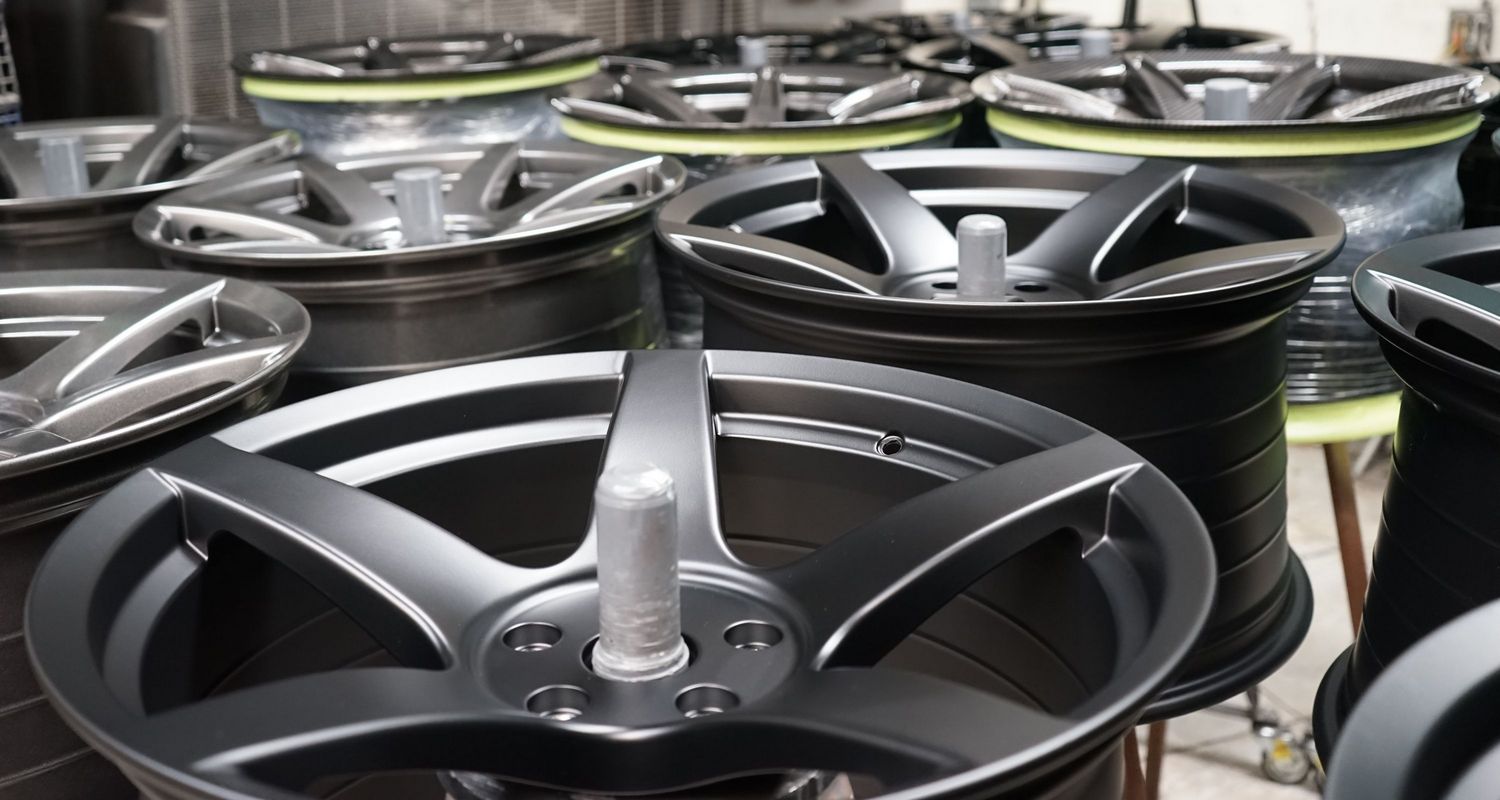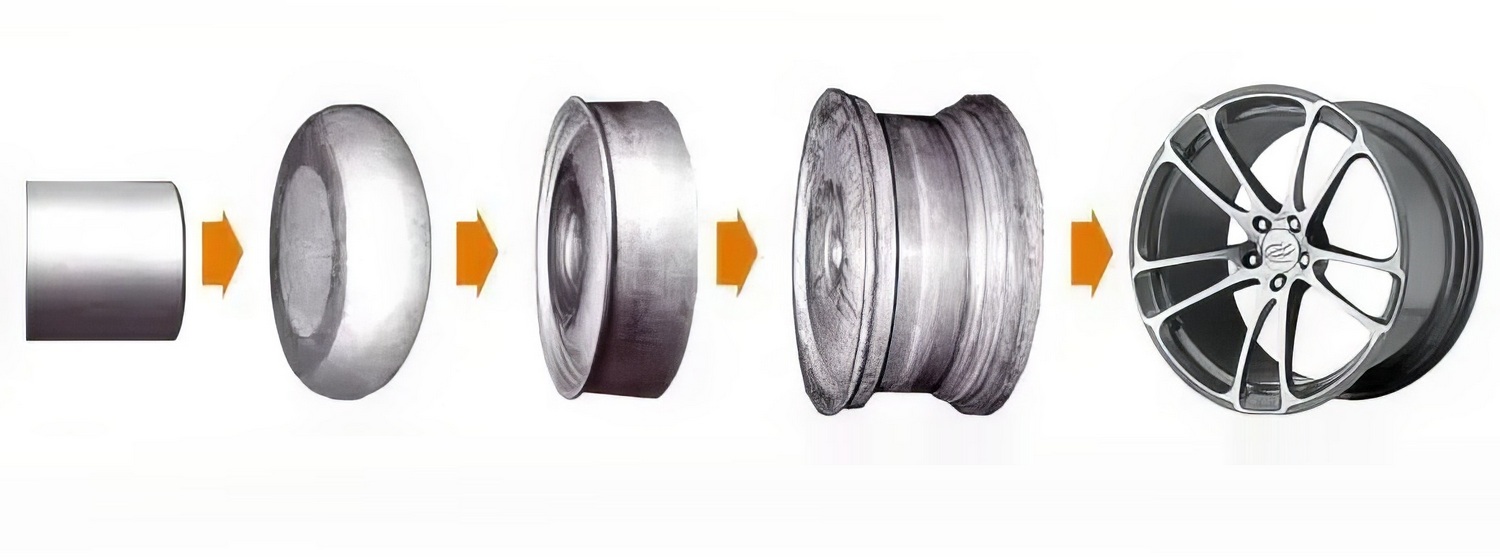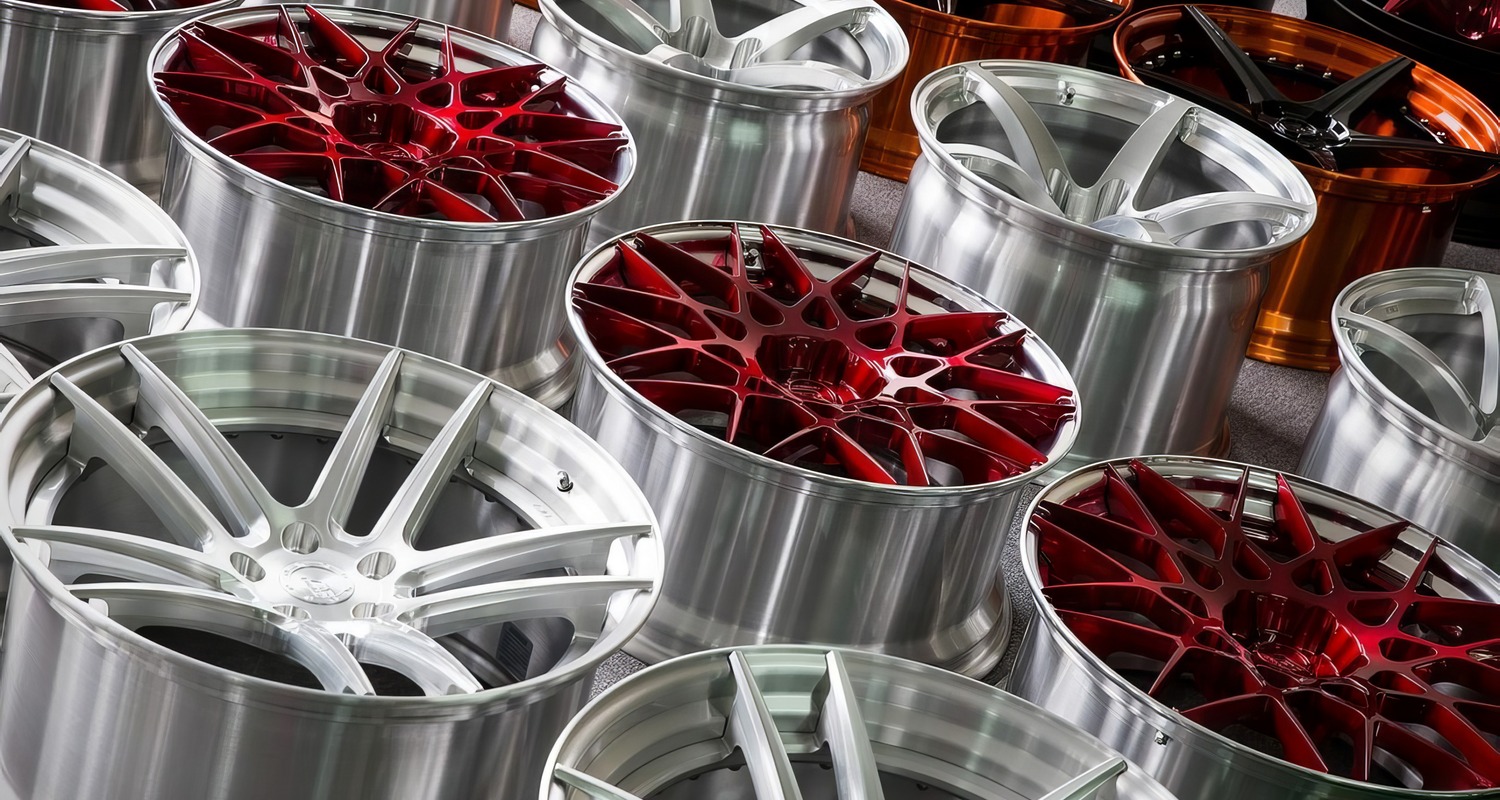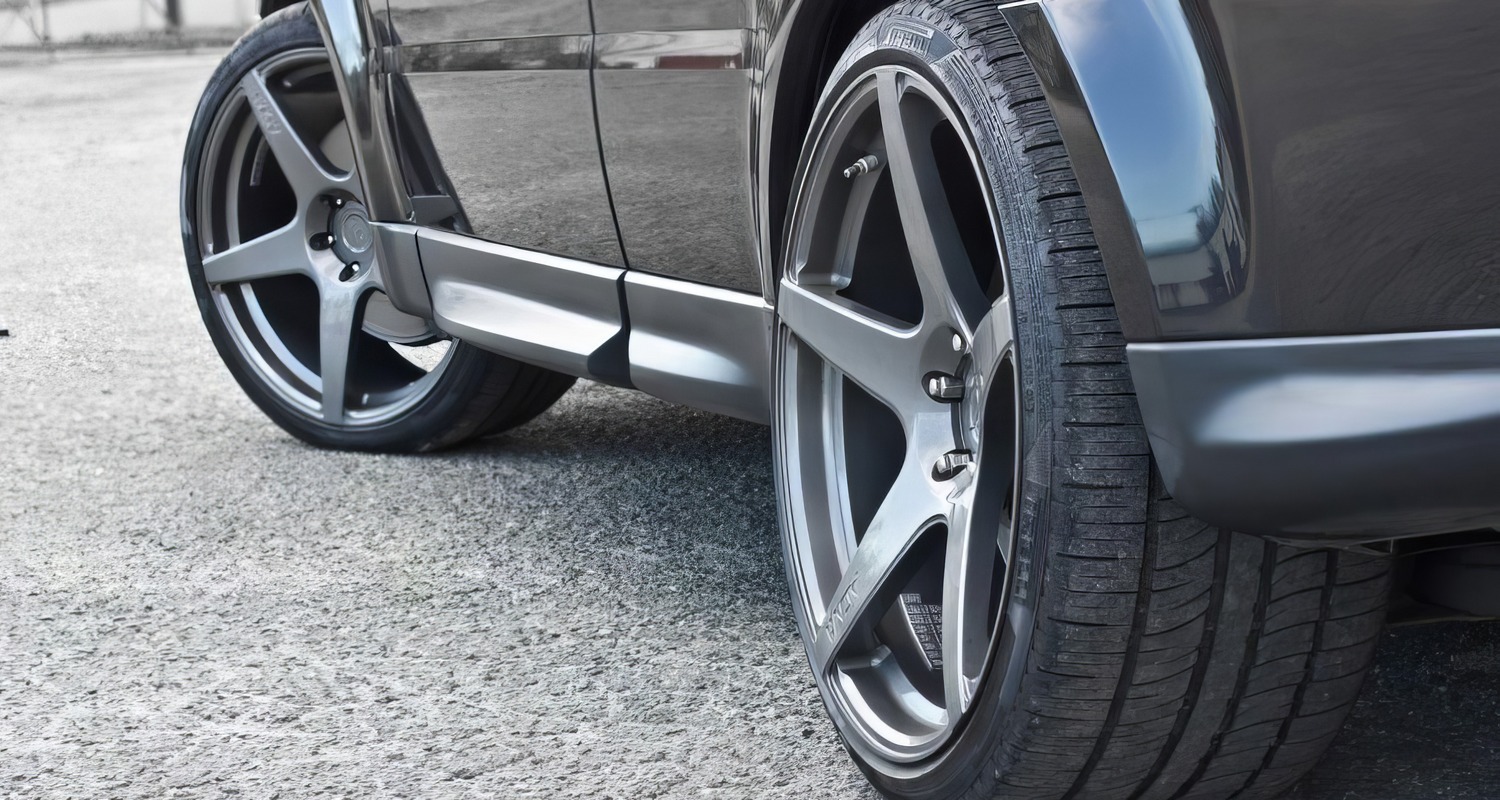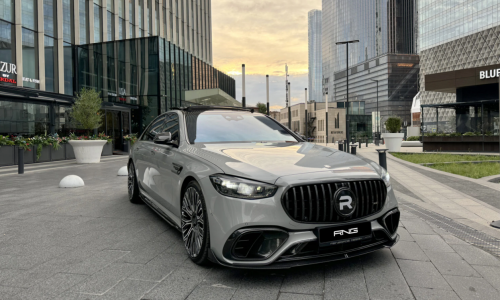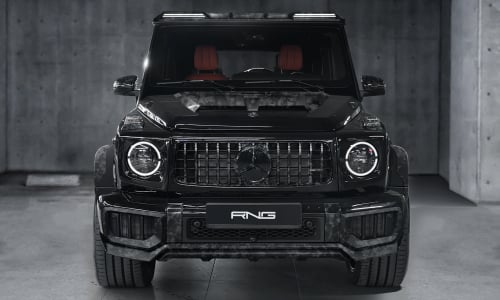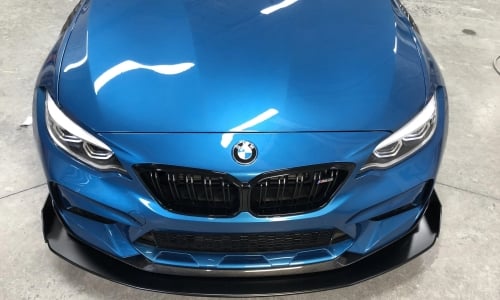Production technology and selection criteria for forged rims
What materials are used to produce forged wheels?
Initially, steel was used for car wheels, and even now factory wheels are stamped from it. Titanium can also be used as a material. But for cast and forged wheels for several decades, alloy compositions have been used. For «forging» is most often taken so-called aircraft aluminum 6061, type AB, with additives of magnesium, copper, manganese and silicon. These additives allow to improve the strength characteristics of the finished products. Forged wheels from aluminum alloy have a number of advantages:
- Low weight.
- Resistance to corrosion.
- Neutrality to road and chemical reagents.
- Durability. Thanks to the fibrous structure of the material wheels do not burst and do not crack under severe impact or extremely low temperatures.
- Plasticity. This factor makes it possible to repair bent forged wheels by rolling on a machine.
On sports cars can make forged wheels of magnesium alloy, as the weight of such products is even less than aluminum, and the high coefficient of thermal conductivity makes it possible to reduce the heating of the hub and brake discs. However, due to their tendency to oxidation and not very high impact resistance, the service life of magnesium wheels is relatively short, so their production is limited.
Stages of production of forged wheels
In fact, the epithet «forged» is very conditional, because they are produced by hot stamping in closed molds. In addition, even in the group of forged wheels have their own varieties of manufacturing technology. Conditionally, we can distinguish three varieties of finished products — monoblock, rolled and prefabricated. In the first case, the rim is a one-piece product made in a single process. In the second case, the rim rim is rolled out on a separate machine. In the third, the body and rim are stamped separately and only then assembled. Monoblock wheels are more common, so let’s consider the stages of production of forged wheels on their example.
- Preparation of bolls. Aluminum bars are sent to the foundry, where the metal is melted and poured into cylindrical molds. The resulting castings, after cooling, are sawed into washers, which then go to the forging and pressing shop.
- Manufacturing of blanks («pots»). Blanks are flattened under the press — «precipitate», then heated at a temperature of up to 430 ° C and molded in an intermediate die heated to 350 ° C. Its sectors lift the edges of the «pancake» and squeeze around, forming a part in the form of a pot with a protrusion at the bottom.
- Final stamping in the mold. The blanks are heated again and fed already to another die. An interesting fact is that no more than 11 seconds must elapse between heating and final stamping, otherwise the parts have time to cool down and lose the necessary degree of plasticity. One worker during this time has time to lubricate the hot die with grease, and two others have time to pick up the «pan» and transfer it to the mold. The upper part of the press is sharply lowered onto the die, the metal takes the specified shape, and its excess (flaking) is squeezed out. After lifting the press, the almost finished rim is taken out of the die.
- Hardening and artificial aging. For hardening parts are heated for several hours in a furnace at temperatures up to 515 ° C, making sure that the process went evenly, and then quickly immersed in water for cooling. During the stamping process, the structure of the metal changes greatly, turning from coarse-grained to fine-grained and fibrous. This creates internal mechanical stress, which in natural conditions takes 2-3 months to eliminate. Therefore, wheels are subjected to artificial aging: they are left in a furnace with a temperature of up to 160 ° C for 12-14 hours, and then let slowly cool down.
- Control. In the course of operation, wheels have to withstand serious loads, the safety of drivers and passengers depends on the quality of parts. Therefore, about 10% of wheels from one batch are subjected to control tests. For this purpose, their surfaces are etched to detect defects in stamping. One of the wheels is sawn and a fragment is cut out to study alloy homogeneity, specifics of deformation and heat treatment. In addition, the products are tested for strength, hardness, yield strength and relative elongation. If there is a discrepancy in at least one tolerance, another rim from the same batch is tested. If defects are detected in this rim, the whole batch is rejected. And if all indicators are normal, the wheels are sent for final machining.
- Turning and milling. On lathes from the wheels remove the remains of chips, in the hub part drill out the mounting holes, and in the rim — nipple hole. The parts are then sent to CNC milling machines to cut out the specified design. This can be either a standard pattern, without special frills, or a complex design with openwork spokes.
- Locksmithing. Sharp edges are removed and ground, some models of wheels are additionally polished to a mirror shine.
- Final inspection. Finished products are checked for compliance of the actual dimensions to the drawing, imbalance and runout of the rim.
In some cases, forged wheels can undergo additional types of processing. In such cases, the surface is coated with special compositions for protection against moisture or paint coating is applied. A mandatory procedure is the marking of wheels, which informs the main technical and operational features of these wheels.
Types of forged wheel finishes
The method of production and requirements for the performance characteristics of forged rims somewhat limit the design of wheels, but still retain the possibility of improving the appearance of products with additional processing. We can distinguish the following types of finishing for forged wheels, which are most popular:
- Giving the spokes an unusual shape. Usually it is done on individual projects and significantly increases the cost of finished wheels, but the result is worth it. Aluminum alloys are strong enough and plastic, which allows you to make the spokes more openwork or thin.
- Coloring. Applying a paint coating will add not only aesthetics, but also allow you to create additional protection from moisture. The most common option is monocolor, but it is possible to use two or more colors, and usually these are contrasting tones.
- Anodizing. Creating an oxide film on the surface of the rim also gives a beautiful appearance, which is especially relevant for premium class cars.
- Polishing. The mirror-like surface of the rim looks very stylish. Of course, such wheels require careful attitude and more thorough care.
- Engraving. Perhaps, this is the most practical of all types of rim finishing. With the help of engraving you can put on the rim any graphic or artistic image, as well as inscriptions. At the same time, you will not have to be afraid of scratches or heavy soiling. Wheel with engraving all this will calmly survive.
If none of the options do not suit, you can always use decorative stickers, ready-made or made to order. And although their service life is not long, but they allow you to often change the design of wheels, which will be appreciated by fans of diversity in the decor.
Criteria for choosing forged rims
Choosing rims for a car is a very important process. And although the car manual and specialized catalogs have the necessary information and recommendations, in practice there are often unfortunate blunders. It is especially easy to make a mistake when buying wheels that differ from the standard ones. Therefore, when choosing forged car rims, you should consider such points as the diameter and width of the rim, the size of the wheel hub and the wheel’s reach, the number of mounting holes and their location.
Rim diameter (R). The most important thing to consider is that the diameter of the rim should match the seating diameter of the tire itself. This means that you can choose larger or smaller wheels, for example, if the native rims have a diameter of 15″, you can change to 17″, and just choose the right tire.
Rim width. All sizes are indicated in the catalog, but in case there is no opportunity to look into it, there is a rough formula for choosing: tire tread width — 20%. For example, if the tread width is 195 mm, minus 20% leaves 156 mm. When converted to inches (156 mm / 25.4 mm), you get 6.1″. That is, the rim width of the rim should be about 6″. For rims with rim widths up to 14″, a 0.5-1″ deviation is allowed, from 15″ and more — 1-1.5″. A discrepancy will result in poor riding characteristics and reduced safety. Rims with rim widths from 3.5″ to 7″ are most commonly used. Sport models and SUVs may be equipped with wider rims.
The diameter of the mounting hole location (PCD). A rim can have 3 to 6 mounting holes that are located on a circle of a certain diameter. For example, 5 holes on a 114.3 mm circumference. In this case, errors are highly undesirable, because when tightening the bolts fixation will be incomplete and the wheel on the hub will sit with a skew, and in the course of movement mounts can come loose, which is a direct threat to the driver and passengers.
Wheel Outreach (ET). The distance between the plane of contact of the rim with the hub and the plane passing through the center of the cross-section of the rim. It is used to calculate the main parameters of suspension and steering mechanism of the car. The smaller the outreach, the more the rim will protrude beyond the wheel well. The larger this parameter, the deeper the rim goes into the niche. The permissible error is 5-8 mm from those specified by the manufacturer. For example, ET33 means negative outreach, ET45 — positive, ET0 — zero.
Maximum rim load (Fb, MAX LOAD). Must be greater than or equal to 1/2 of the allowable weight on the front or rear axle. The following formula can be used: 60% of the vehicle’s tonnage / 2. Specific figures can always be found from rim manufacturers or car dealers. It is usually specified in pounds, for example, 2000LB (908 kg).
Bundling. Many manufacturers in a set with wheels add a set of mounting nuts, decorative caps and stickers. But in most cases, all this has to be purchased separately.
Driving style. Fans of active driving it makes sense to look at the wheels of increased diameter, as they improve acceleration dynamics, grip and controllability of the machine. An additional plus — such wheels look sporty and brutal.
Markings are usually located on the inside of the rim, the sequence and location may vary depending on the manufacturer. But the content remains unchanged, as any marking must be carried out in accordance with the requirements of certification, which is valid in the EU and Russia. In addition, labeling is necessarily duplicated on the packaging itself and in the accompanying document.
Peculiarities of tire selection for forged rims
Tires affect the handling of the car, how obediently it will take corners, how efficiently it will move or brake, how safe the ride itself will be. When choosing tires, three main factors are focused on — the size of the rim, load index and speed rating. The larger the size of the tire itself, the better its grip on the road surface. Larger tires are usually installed on larger rims. But such a decision has a downside, as they cost much more, and replacing four wheels can cost an impressive amount.
It is desirable to use the size of tires that is specified in the vehicle manual. If the native tires have been replaced with rubber with inappropriate dimensions, for example, the height of the sidewall, then first of all the tires themselves, wheels, suspension will suffer, and there may be inaccuracies in the speedometer readings.
Renegade Design offers an extensive range of premium forged car wheels. Our own production allows us to control all stages of production and produce high quality products for such brands as Maserati Levante, Porsche, Lamborghini, Rolls-Royce, Mercedes Benz, Audi, BMW, Land Rover, Jeep, Toyota, Infiniti and others. In addition, the company manufactures and installs dodger elements.
